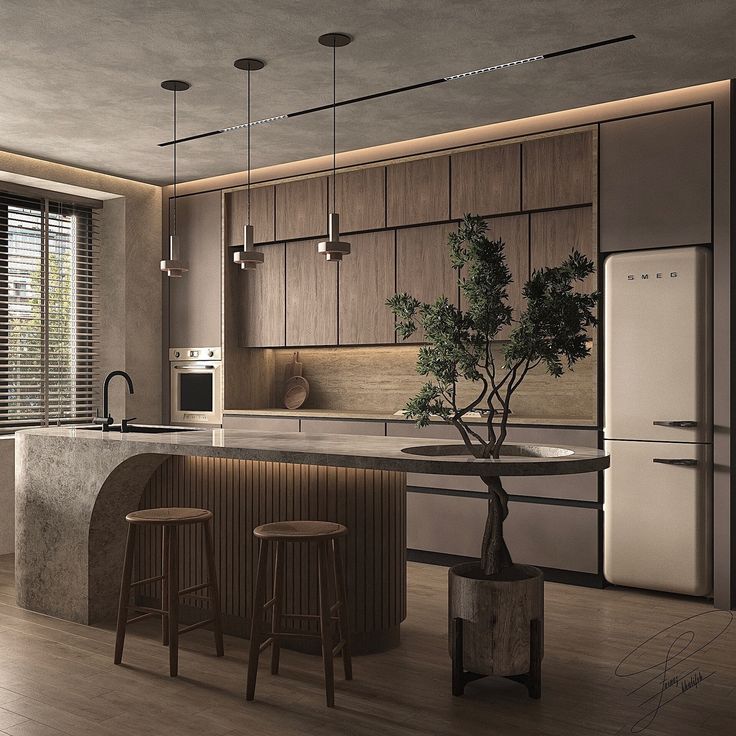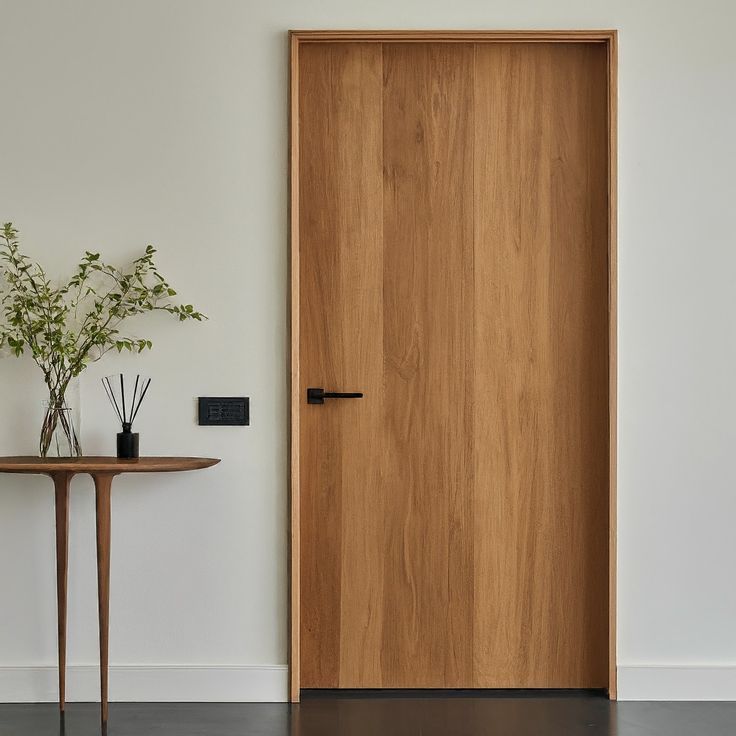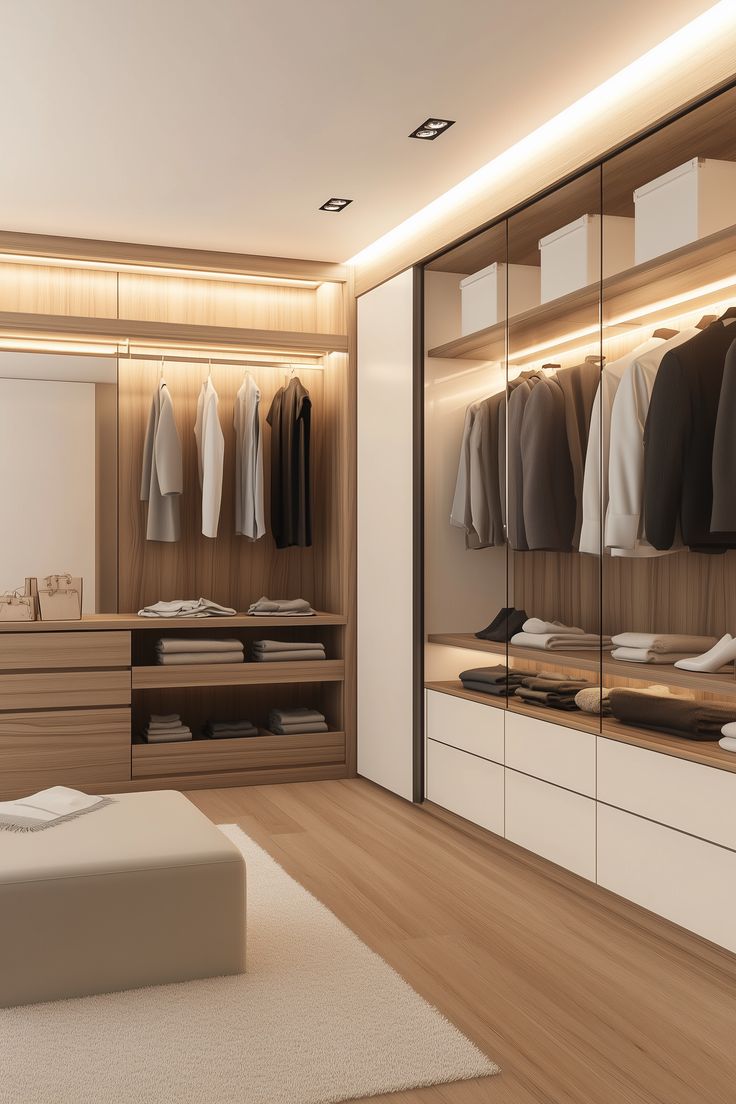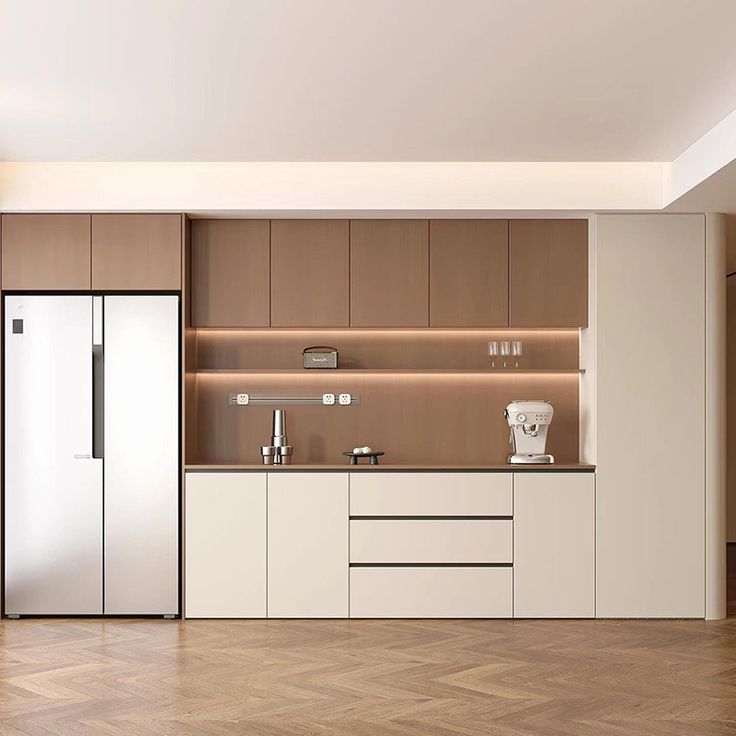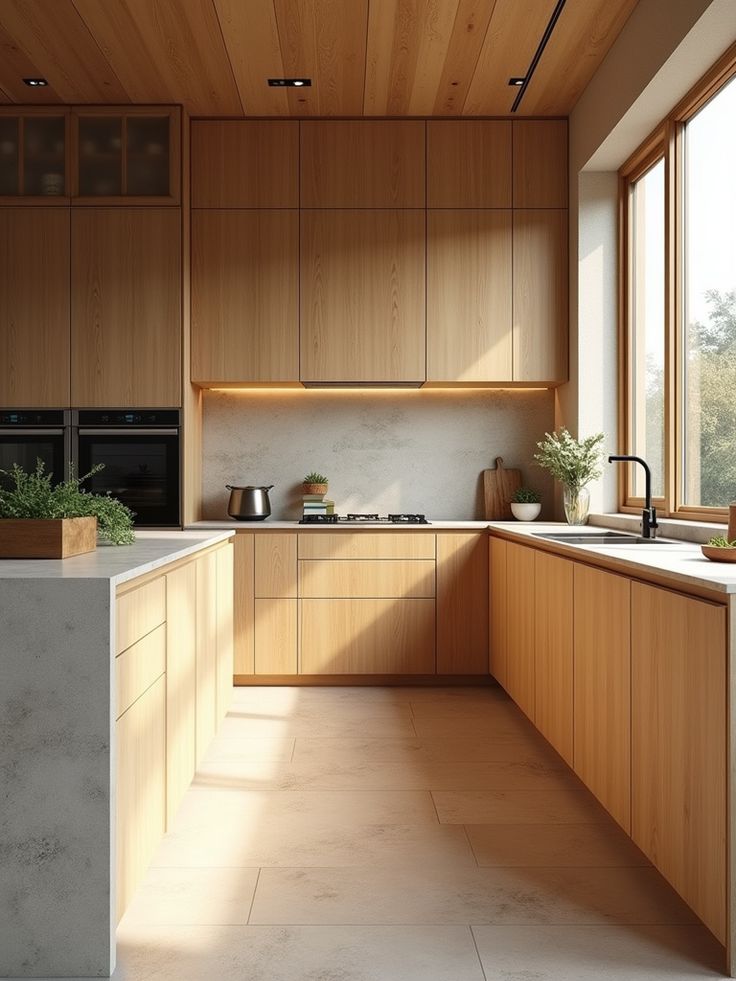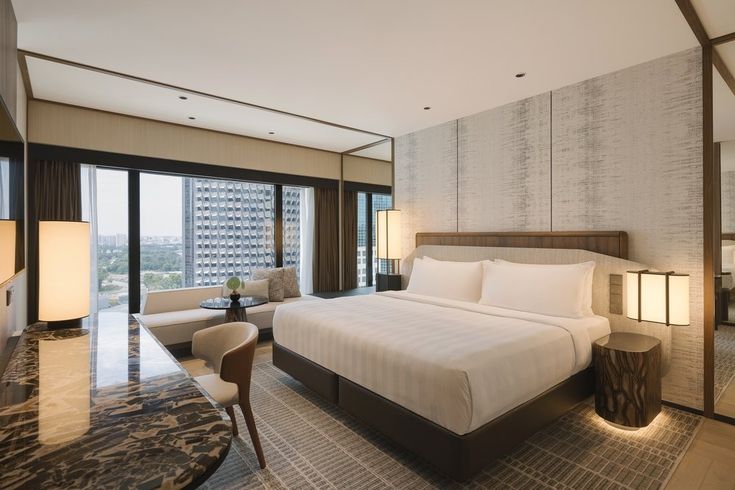Total Cabinetry And Joinery Solution
ENG
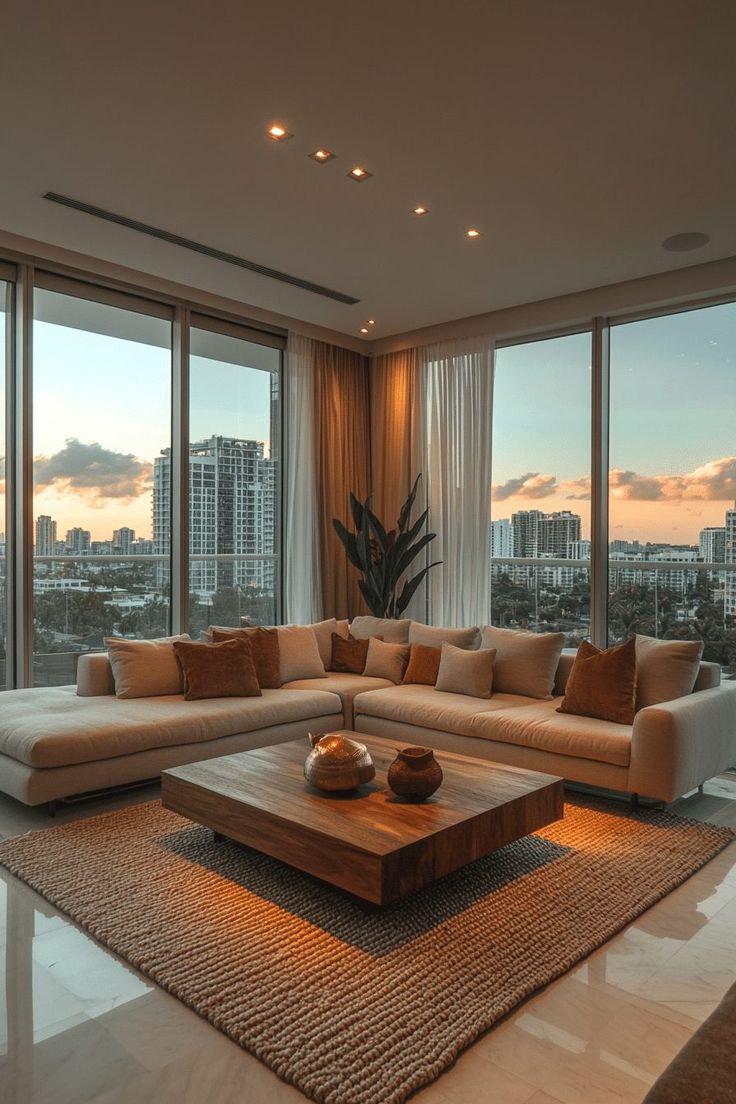
From color and curves to sustainable materials and smart tech, 2025’s home furnishing trends balance beauty with everyday practicality. Use this guide to understand the leading looks—and how to translate them into real spaces without blowing your budget.
After years of restrained neutrals, saturated hues are back. Expect oxblood, forest green, indigo, ochre, and amber to anchor rooms, with complementary mid-tones on upholstery and rugs. Bold color works best when grounded by natural textures (oak, linen, stone) and balanced lighting.
1、Paint a single architectural element (fireplace wall, built-ins).
2、Add a statement sofa/chair in velvet or textured weave.
3、Tie the palette with artwork, cushions, and a patterned rug.
Curved sofas, waterfall islands, arched doorways, and round coffee tables soften hard lines and improve flow. Organic forms feel inviting and pair well with both minimalist and maximalist schemes.
1、Swap a rectangular coffee table for an oval/round piece.
2、Choose scalloped or bullnose edges on consoles and counters.
3、Use arched mirrors or rounded lighting to echo the geometry.
Quiet luxury focuses on quality over logos—tailored silhouettes, premium but durable materials, and impeccable finishing. Think wool bouclé, full-grain leather, solid wood joinery, and stone with honed finishes.
1、Invest in one heirloom piece (sofa/dining table) and keep accessories minimal.
2、Stick to a calm palette (warm whites, taupe, mink, charcoal) layered with texture.
3、Prioritize craftsmanship: dovetail joints, solid frames, branded hardware.
Eco choices are now standard: FSC-certified woods, recycled or rapidly renewable materials (bamboo, rattan), water-based finishes, and furniture built for repair.
1、Ask for certifications (FSC, low-VOC) before purchase.
2、Choose modular furniture with replaceable parts and slipcovers.
3、Upcycle: refinish vintage wood pieces; reupholster quality frames.
Eclectic rooms layer vintage with contemporary to create character and reduce waste. The trick is cohesion: repeat a few colors, metals, or textures across eras.
1、Pair a modern sofa with an antique sideboard and contemporary art.
2、Use one unifying element (brass hardware, black frames, or a color family).
3、Balance profiles: one bold statement + several quiet companions.
Global influences add depth—Japanese wabi-sabi restraint, Mediterranean warmth, Nordic simplicity, Middle Eastern patterns. Borrow thoughtfully and respectfully.
1、Focus on authentic materials: linen, wool, terra-cotta, cane, carved wood.
2、Add one hero pattern (kilim, ikat, zellige) and keep the rest calm.
3、Support artisans and fair-trade makers when possible.
Homes work harder than ever. Look for nesting tables, fold-down desks, sleeper sofas, partition shelving, and mobile islands that adapt to daily life.
1、Use modular seating to reconfigure layouts for guests or work.
2、Add a console that flips into a dining table; choose storage ottomans.
3、Zone with rugs and lighting rather than permanent walls.
Texture makes neutral rooms feel rich: ribbed wood, boucle, chenille, limewash, plaster, and nubby linens. Mix coarse and smooth for balance.
1、Combine a flat-woven rug with a boucle chair and ribbed timber credenza.
2、Choose matte paints or limewash on a feature wall.
3、Layer throws and cushions in varying weaves and pile heights.
Design-forward tech is nearly invisible: smart dimmers, motorized blinds, built-in wireless chargers, and thin-bezel TVs that double as art. Kitchens get induction, steam ovens, and smart refrigeration; living rooms lean into acoustic panels and integrated speakers.
1、Plan outlets and charging in side tables and islands.
2、Use smart bulbs/scenes for task vs. ambient lighting.
3、Hide hubs and route cables early to keep spaces clean.
Pattern play, collected art, saturated color, and layered styling make a comeback—but with curation. It’s about storytelling, not clutter.
1、Start with a patterned rug or wallpaper, then echo two colors elsewhere.
2、Display collections in groups; rotate pieces seasonally.
3、Use large-scale art to organize visual energy.
Plants, natural light, water features, and organic materials support well-being. Stone, timber, clay, and woven fibers connect interiors to nature.
1、Prioritize daylight: sheer drapery, reflective surfaces, and skylights.
2、Add layered greenery (floor plants + shelf planters + trailing vines).
3、Choose natural finishes—oiled wood, jute, wool, rattan.
The strongest home furnishing trends in 2025 share a theme: thoughtful comfort. Blend bold color with calming textures, invest in a few quality anchors, choose sustainable materials, and weave in discreet technology. Then edit—keeping only what serves your lifestyle and tells your story. For kitchen inspiration, explore Best Open Kitchen Design Trends for Modern Homes.
Q1. What colors are trending in 2025?
Rich, saturated hues—oxblood, forest green, indigo, ochre—balanced with warm neutrals (taupe, sand, mushroom) and natural wood tones.
Q2. What is “quiet luxury” and how is it different from minimalism?
Quiet luxury prioritizes premium materials, craftsmanship, and tailored silhouettes—less about “less,” more about better. Minimalism focuses on reduction; quiet luxury focuses on refinement.
Q3. How do I mix vintage and modern without looking messy?
Repeat a few constants (one metal finish, two core colors, a recurring texture). Use one statement vintage piece per zone, then support it with calmer contemporary items.
Q4. Which sustainable choices matter most?
FSC-certified woods, low-VOC finishes, recycled or rapidly renewable materials (bamboo, rattan), and furniture designed for repair (replaceable covers/parts).
Q5. I love bold color—how do I use it in a small space?
Apply it to a controlled area (accent wall, sofa, rug) and keep surrounding finishes low-contrast. Add mirrors and layered lighting to avoid making rooms feel smaller.
Q6. What’s the easiest way to introduce curves and organic forms?
Swap sharp rectangles for round/oval coffee tables, arched mirrors, bullnose edges, and curved sofas or dining chairs to soften circulation paths.
Q7. Which smart-home features won’t date quickly?
Scene-based lighting (dimmers/smart bulbs), motorized shades, hidden wireless charging, and platform-agnostic hubs. Keep tech discreet and serviceable.
Q8. How can I make rooms multifunctional?
Use modular sofas, nesting tables, fold-down desks, storage ottomans, and partition shelving. Zone with rugs and lighting instead of permanent walls.
Q9. How do I layer texture effectively?
Combine opposites: smooth stone + nubby boucle, ribbed wood + linen, matte limewash + polished metal. Limit to 3–4 key textures per room for cohesion.
Q10. Maximalism is back—how do I avoid clutter?
Curate. Start with one hero pattern or artwork, echo 2–3 colors elsewhere, group collections, and leave negative space so the eye can rest.
Q11. Biophilic design on a budget—any tips?
Prioritize daylight (sheer curtains), add layered plants (floor + shelf + trailing), and choose natural fibers (jute, wool) and clay/terracotta accents.
Q12. How often should I update to stay current without waste?
Refresh accent layers (textiles, art, lighting) every 2–3 years; keep investment pieces (sofa, dining table, storage) timeless and well-made.
